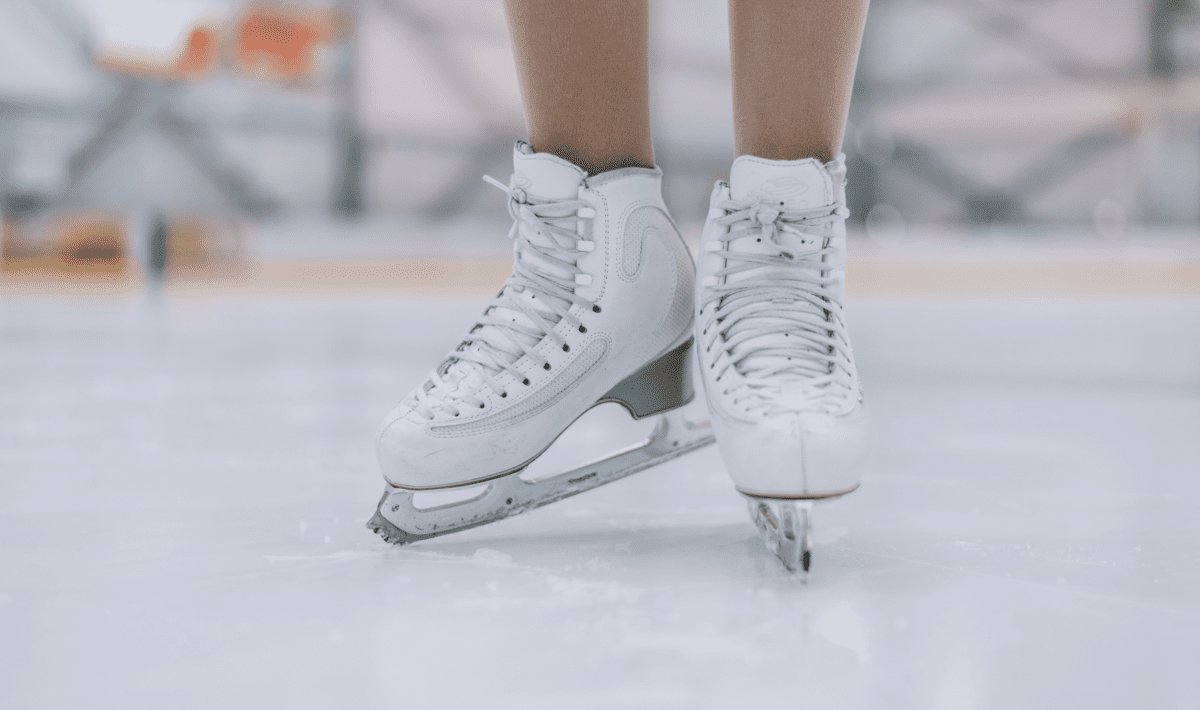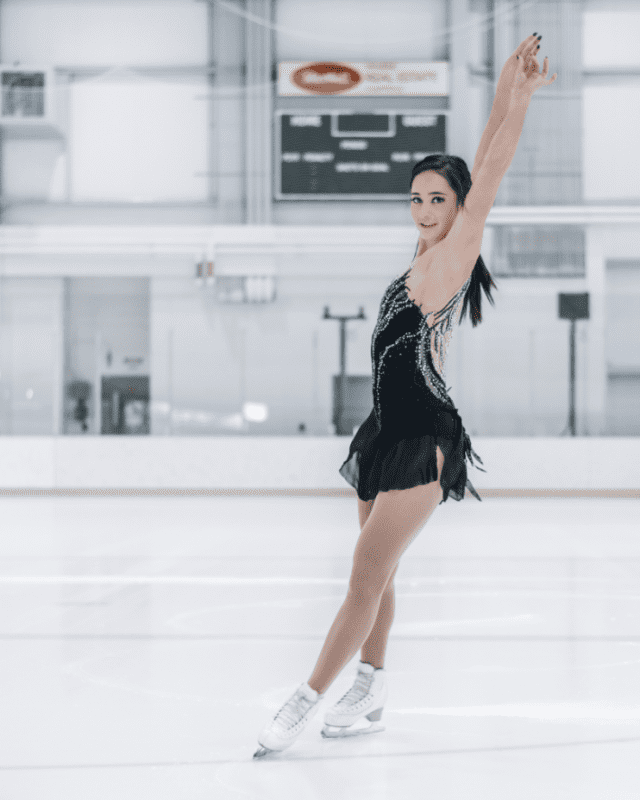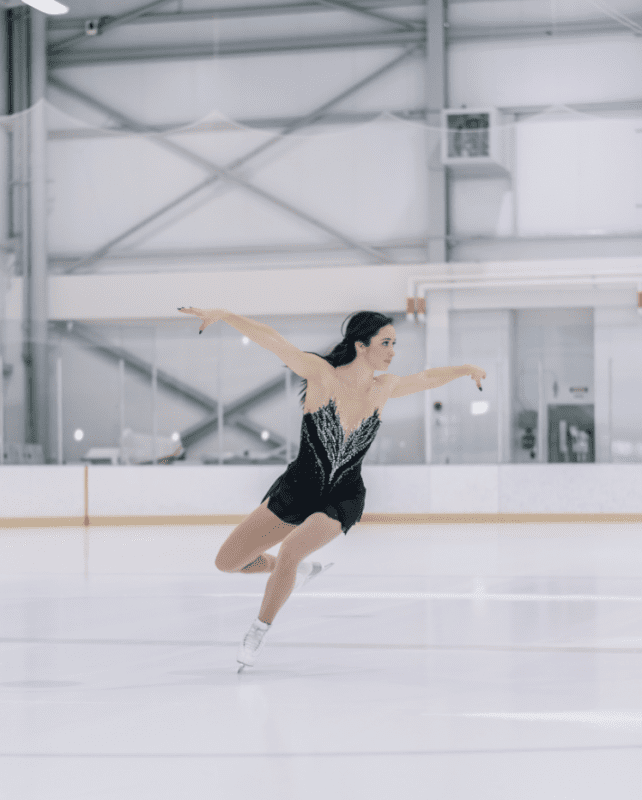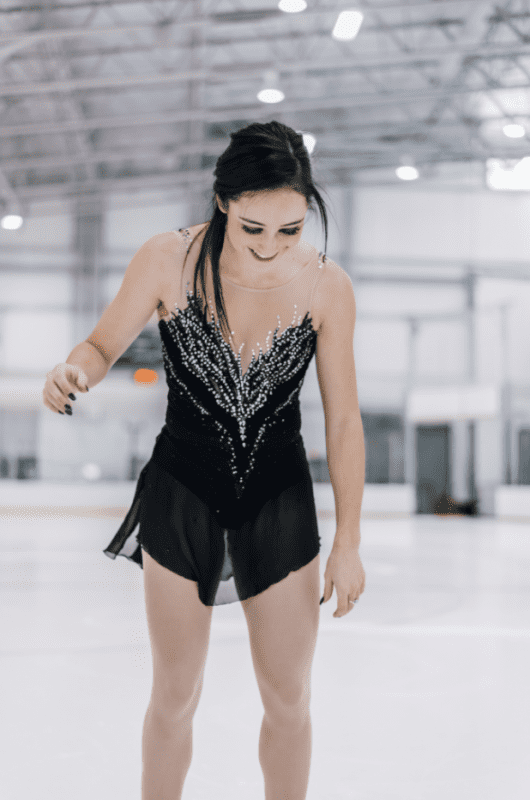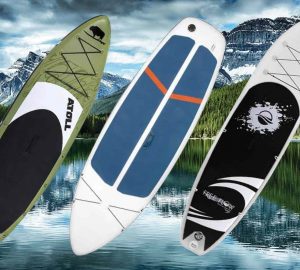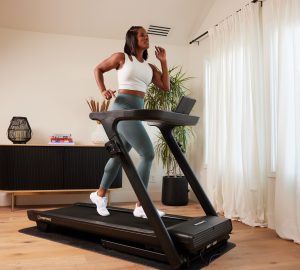It’s tough to compare the two. Individual sports vs team sports. Everything from the planning and game play to the mental and physical requirements are unique to each.
In the case of team sports, you need to do your part to be prepared both physically and mentally. You are part of a team and your teammates are counting on you to pull your weight to ensure success. But if there is a misplay, or miscommunication on the court, field or ice, you can count on a teammate to back you up and bail you out of your error.
This is something no individual sports player has at their disposal. It’s all on them. Mentally and physically, they need to work their way through the game or event to pull themselves up from a mistake and continue to work towards the end goal.
Kaetlyn Osmond chased perfection for an entire season last year to regain her Canadian ladies figure skating crown and began 2017 with a brilliant silver medal performance at the ISU World Figure Skating Championships in Helsinki.
Her coach, Ravi Walia, has worked with Osmond for over a decade and knows the importance of focusing on excellence rather than chasing perfection on the mindset of a skater.
“Perfection, is hard when you’re out there’” he says. “Last season, she was getting close. The next step was perfection and that’s when she hit a roadblock. Of course, you want to be perfect. That’s every athlete’s goal. It just wasn’t working.”
Make no mistake, Osmond is as tough as they come mentally. She works with a sport psychologist and there is no questioning her mental toughness and dedication to her training and her sport. But chasing perfection was taking a toll on her.
“We learned when she was focusing on perfection, it wasn’t working. It was creating issues with her results and her success, so we just changed her mindset,” said Walia. “The focus is now on excellence and it seemed to really help. She knows that if she just focuses on excellence, more likely the perfection will be there.”
The 22-year old from Marystown, Newfoundland began skating at the age of two following in her sister’s footsteps. Coming from a family that valued the importance of fitness, her parents were firm believers that their kids would take part in sports as they grew up.
“My family didn’t push us to be the best at our sport,” she says. “They just wanted us to stay active and healthy.”
This upbringing has certainly helped her to reach many of the goals she has set for herself and has given her the mindset that only that of an individual athlete possesses. It doesn’t matter if it’s a National or World Championships, she approaches each event with that same mindset, focusing on excellence every time she steps onto the ice.
With this being an Olympic year, she has a lot of goals that she’s working for. Including capturing a medal for Canada in women’s singles.
“I think about the Olympics, but I think of it as just another competition, because essentially it is,” said Osmond. “I never dreamt of the Olympics growing up. It’s not something that I watched on TV, it’s not something my parents ever talked about.”
But she’s excited about the opportunity to represent her country on the world stage and as the reigning world silver medalist, she is one of the top contenders to chase rather than the outsider doing the chasing.
“My main goal this year is to improve on my last season. I came away last season with a dream year ending with a world silver medal,” she says. “But I want to be able to continue that success. More specifically, my goals are to defend my Canadian title, make the Olympic team, and work as hard as I can to make the podium at both the Olympics and World Championships.”
The three-time national champion is making amazing strides towards reaching those goals after recovering from a potentially career ending injury in 2014 where she broke her right fibula in two places.
“When I heard the severity of it, I thought that was it,” Osmond said.
She sustained the injury when she swerved to avoid hitting someone in practice and the X-ray showed that the bone snapped. After two surgeries to fix the break and then to remove the plate and screws holding the bone together, she took some time to recover and then rehab.
“I was scared to even step on my leg, let alone even try to skate again,” Osmond said. “And when I got back on the ice, my first couple of steps, my blade just shook underneath me. It took me about two weeks before I could even do a three turn (turning from forward to backward) again.”
She credits coach Walia for his role in what has been a stunning comeback.
“Ravi kept pushing me even when I didn’t want to be pushed or couldn’t be pushed or didn’t even know if I wanted to skate,” she said. “He reminded me of what it was like to skate.”
Although she is on her own when she’s on the ice, she realizes that she has a strong team around her that supports and pushes her to be and do her best.
“I have a different type of team,” she says. “I work with a team of coaches and trainers to make me feel like I am not alone out on the ice. Though it is a different type of motivation than what I believe being part of a team would be. I need to motivate myself to work hard because only I can skate my program. I need to work on a series of mental skills to help keep focused because I don’t have other people keeping me in the moment.”





